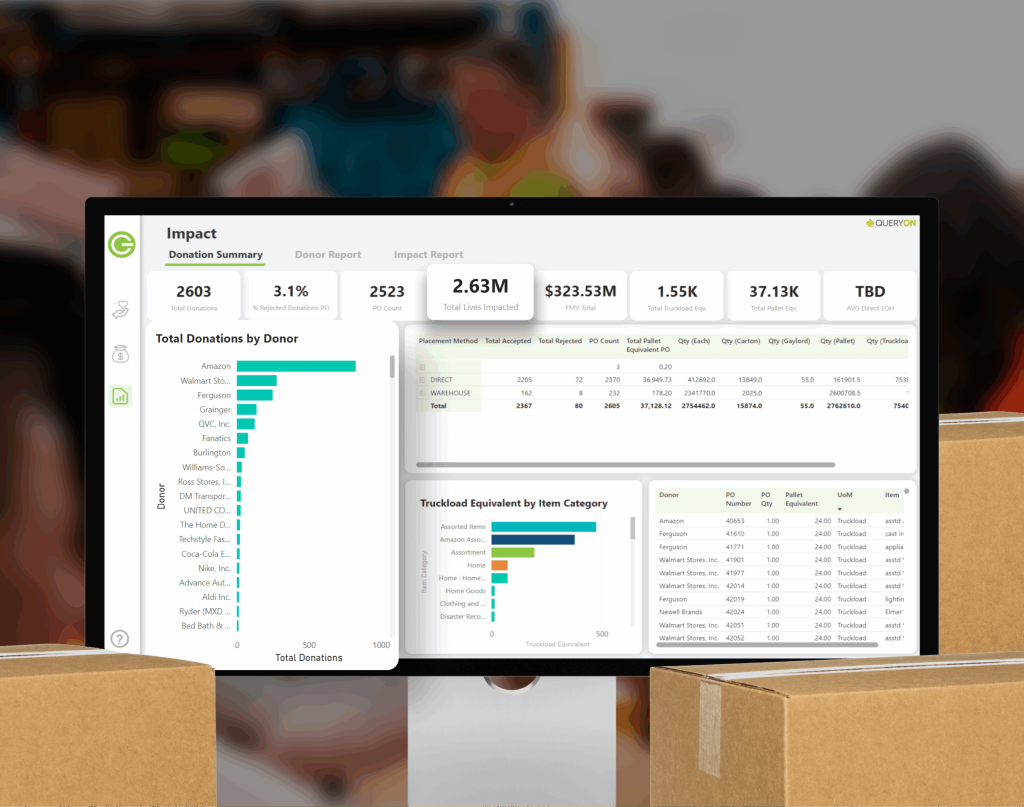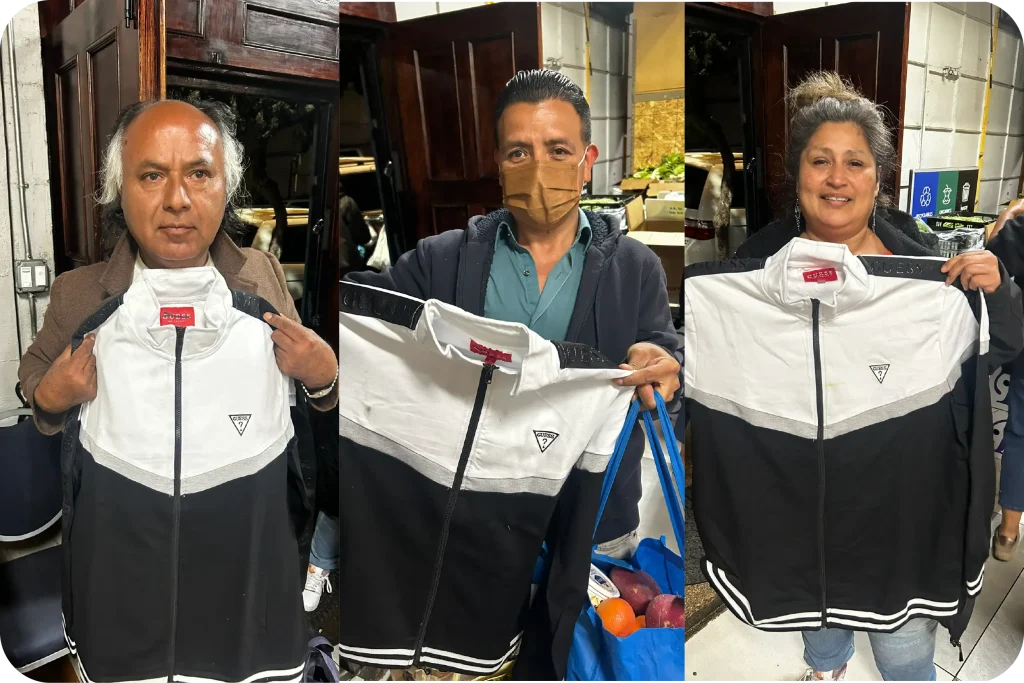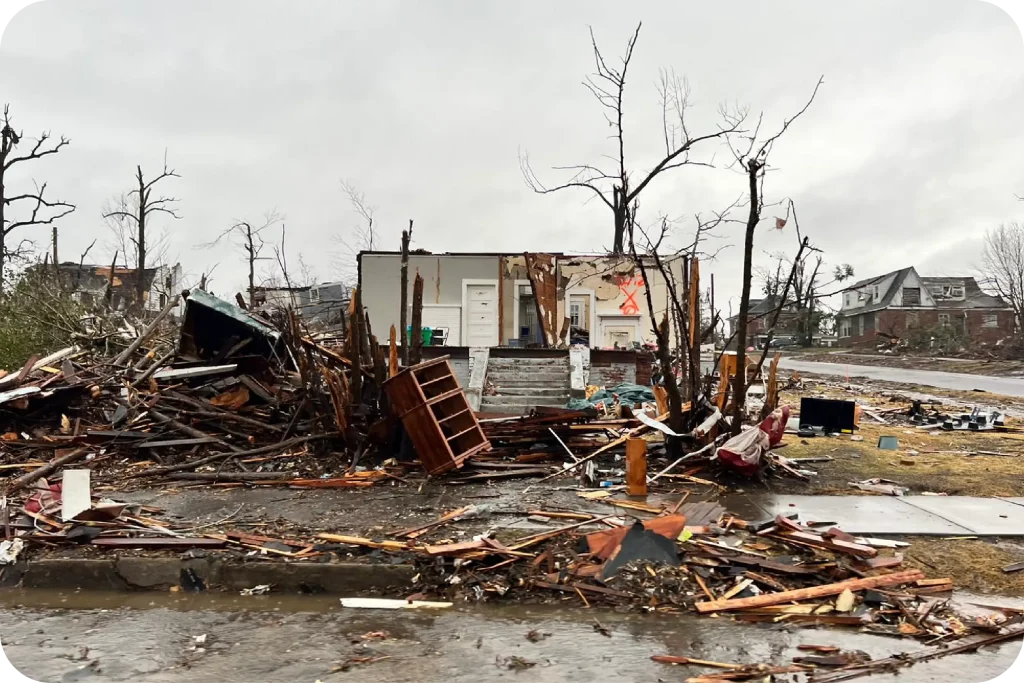
 As 2023 comes to an end, the United States has seen a record number of billion-dollar disasters for the second straight year. Compiled by the National Oceanic and Atmospheric Administration (NOAA), the list includes the Maui fires that killed at least 115 people, displaced some 6,000 residents, and completely destroyed the historic town of Lahaina. It was America’s deadliest wildfire in more than a century.
As 2023 comes to an end, the United States has seen a record number of billion-dollar disasters for the second straight year. Compiled by the National Oceanic and Atmospheric Administration (NOAA), the list includes the Maui fires that killed at least 115 people, displaced some 6,000 residents, and completely destroyed the historic town of Lahaina. It was America’s deadliest wildfire in more than a century.
Record-breaking wildfires have erupted across Europe, Canada, and the American West. In fact, boreal forest regions all over the globe have experienced the worst wildfires in recorded history this year, according to new research. We are living in the age of mega wildfires.
Something is happening.
The frequency and severity of extreme weather events worldwide appears to be increasing. While each disaster is the result of a unique set of factors, scientists say the effects of climate change are too great to ignore. A 2021 study supported by NOAA found that climate change was the main driver of increasing fire weather in the Western U.S., because it creates warmer, drier conditions, leading to longer and more active fire seasons.
This troubling trend toward increasingly severe weather events demands a different approach to disaster response. The current model isn’t working. Here’s why:
- Up to 60% of all products donated in a typical disaster are completely useless, according to research by José Holguin-Veras, a professor and researcher who studies post-disaster logistics. Only about 10% of goods meet critical needs. Most of the unwanted goods end up getting trashed.
- About 80% of charitable giving happens in the first 72 hours of a disaster, according to research by the Center for Disaster Philanthropy. This leaves the long tail of disaster recovery, which can take many years, starved for funding and attention.
- Only about 2% of disaster giving goes toward long-term recovery and reconstruction, according to an analysis done by Candid. This is a drop from a high of 17% in 2016. Very little funding goes to support preparedness, resilience or risk mitigation, as well.
Hence, the central problem is two-fold: Not only does very little money go toward long-term recovery, but the bulk of donated goods that are sent into disaster zones go to waste, ending up in landfills or rotting in shipping containers.
Unwanted goods actually slow down recovery efforts by diverting precious manpower and resources away from more important tasks. In one infamous example, the town of Newtown, Conn., received more than 65,000 teddy bears in the aftermath of the tragic Sandy Hook shootings, enough to fill an 80,000 square-foot warehouse and more. This phenomenon is so common that relief officials call it the “second disaster.”
While immediate relief and recovery aid is necessary to save lives and property, disaster-hit communities also need resources to fully get back on their feet. This process typically takes years, if not decades. Some communities in New Orleans are still struggling to get back to pre-hurricane levels, 18 years after Hurricane Katrina.
At Good360, we have long advocated for a more thoughtful, longer-term approach to disaster response, one that recognizes and supports all phases of a disaster: emergency prep, emergency response, clean up, rebuilding and re-living (moving back in).
Several years ago, we launched a campaign called Resilient Response in partnership with All Hands and Hearts. We asked major corporations to sign a pledge promising to support six key pillars in their disaster giving:
- Be proactive: Develop plans and partnerships for disaster giving before tragedy strikes
- Be needs-based: Respond only to needs confirmed by disaster-impacted communities
- Be long-term minded: Provide assistance during all phases of recovery
- Be resilience-focused: Equitably equip communities with the resources to mitigate the impact of disaster
- Be transparent: Be clear about actions and accountable to promises
- Be educational: Show stakeholders that there’s a better way through action
So far, we have successfully signed on some of the most well-known companies in America, including Walmart, Coca-Cola, Dow, CVS Health and Airbnb.
We have a motto here at Good360 that neatly sums up our approach: Get the right goods at the right time to the right people. We do this through our unique philanthropic model of securing inventory at scale from corporate donors and getting products directly into the hands of thousands of nonprofit organizations. In this way, donors can ensure that their products are properly distributed, while nonprofits and charities get goods such as office and school supplies, apparel, and small appliances that help them better serve their communities.
Our model also helps companies meet their sustainability goals by diverting unsold inventory and customer returns from landfills. In fact, every day, we give some 465,000 pounds of goods a second, useful life.
For the Maui fires, Good360 is working with After the Fire USA, ISEA (International Safety Equipment Association), the Hawaii government, FEMA, and Healthcare Ready to identify and distribute donated protective equipment needed to keep first responders, volunteers, and survivors safe.
For the long-term recovery, Good360 is working with nonprofit partners to build “Aloha Kits” — a mix of kitchenware, household goods, bedding, and other items needed to turn a hotel room or other short-term living space into a longer-term housing solution. The kits will also help outfit a variety of creative tiny home and container home projects being developed by government and nonprofit organizations. Our efforts are supported by funding from American Eagle Outfitters and Bombas.
However, consistent with our disaster recovery philosophy, we expect to be working with impacted communities in Maui for years to come, as we have done in numerous other disasters around the U.S.
This kind of longer-view approach to disaster response is desperately needed as natural disasters become more frequent and more severe. Of course, no organization can go at it alone. Even governments need help. And consumers increasingly expect the companies that they support to play a large role in helping communities to recover.
As a collective shield against the ravages of climate change and extreme weather, we must fight fire (literally) with thoughtfulness and not haste; with resourcefulness, not waste. There is an urgency now unlike anything we’ve ever experienced on the planet. Before, during and after disaster strikes, we need to do the smart thing, not just the thing that plays well on the evening news.








